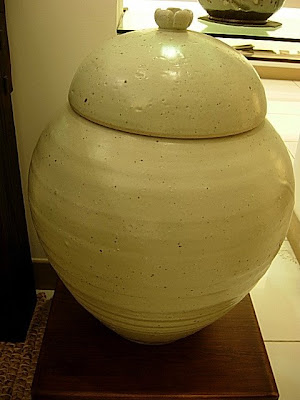
1 day ago
a blog that is authored by Matt but is yours and the tea's as much as it is his


























Any use of tea for medicinal purposes should be done with full consultation with a medical professional. The material on this blog (text and photos) is the intellectual property of the administrator of this blog. If you wish to use any of it, please ask permission. Citations or reference to text from this blog should be done with explicit reference to and/or a link to MattCha's Blog. Peace